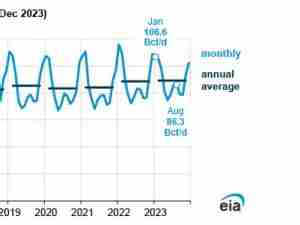The bullish momentum for oil prices looks like it’s here to stay as traders stand by their solid expectations that global demand is going to grow very soon, outpacing supply.
Oil markets geared up for another day of gains in this week’s bullish rally, lifted by the API forecast that US crude inventories drew by monster volumes last week. That would be a significant relief that provides a solid ground for strong oil prices.
If confirmed in today’s EIA report, the draw will further spur oil prices higher, cementing them around $70 per barrel for Brent.
The bullish sentiment is also fueled by the broader commodities surge as well as the general expectation that Europe is on the cusp of reopening its economy after one of the strictest spring lockdowns globally.
Despite the oil demand hit in India, the structure of the Brent futures curve remains constructive, with near-term contracts still outpricing contracts further down the road.
Current prices levels are providing an economic incentive for storage to clear out, instead of waiting for a higher oil price in the future, which the futures curve is not pricing in.
The excitement in oil was not even tempered by Fed jitters, triggered by a comment by US Treasury Secretary Janet Yellin that interest rates may need to be hiked or otherwise risk overheating the US economy.
If we look further out on the futures curve, we also see a widening spread between Brent futures and WTI futures, which indicates a market expectation that US sweet crude grades will increase output in the medium-term.
The widening spread is also likely tied to freight rates, which are currently quite a bargain, and the expectation is that in the future freight rates will again rise and make WTI exports to Asia less competitive versus the more expedited North Sea route.
However, the Brent premium may be chiseled away as more OPEC+ volumes gradually come on the market. The Brent premium to WTI may also be reduced as the US and Iran near a nuclear deal, and Iranian oil back on the market becomes an official reality.
Lastly, the latest bouts of violence in the Middle East, in particular attacks on Iraq’s oil fields and infrastructure, are trickier to price in, but nonetheless provide a soft cushion for upwards oil price mobility.






